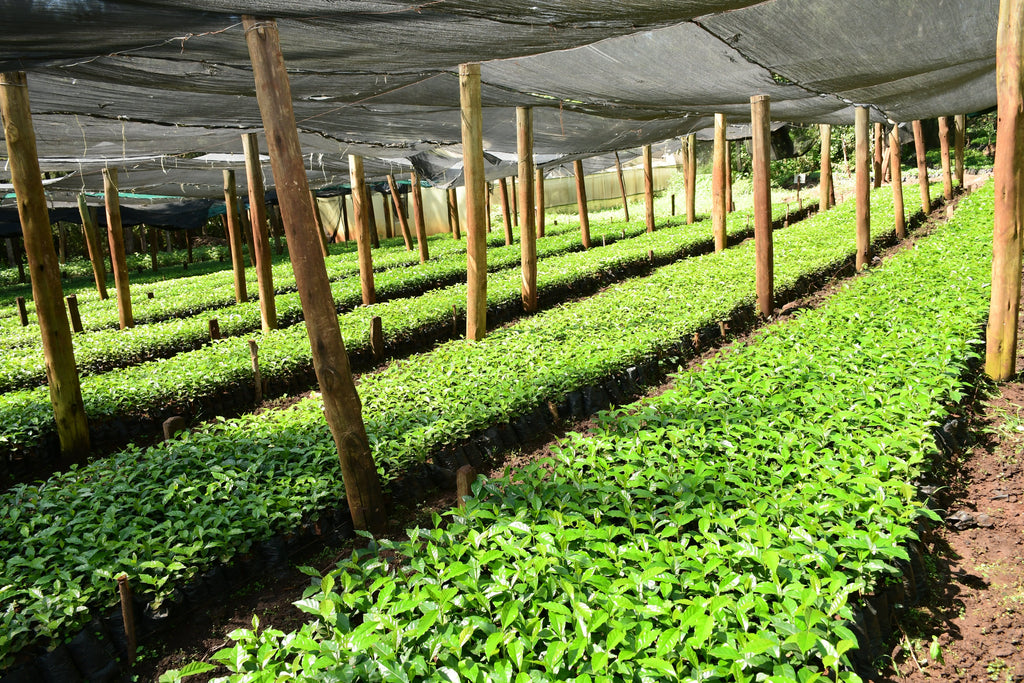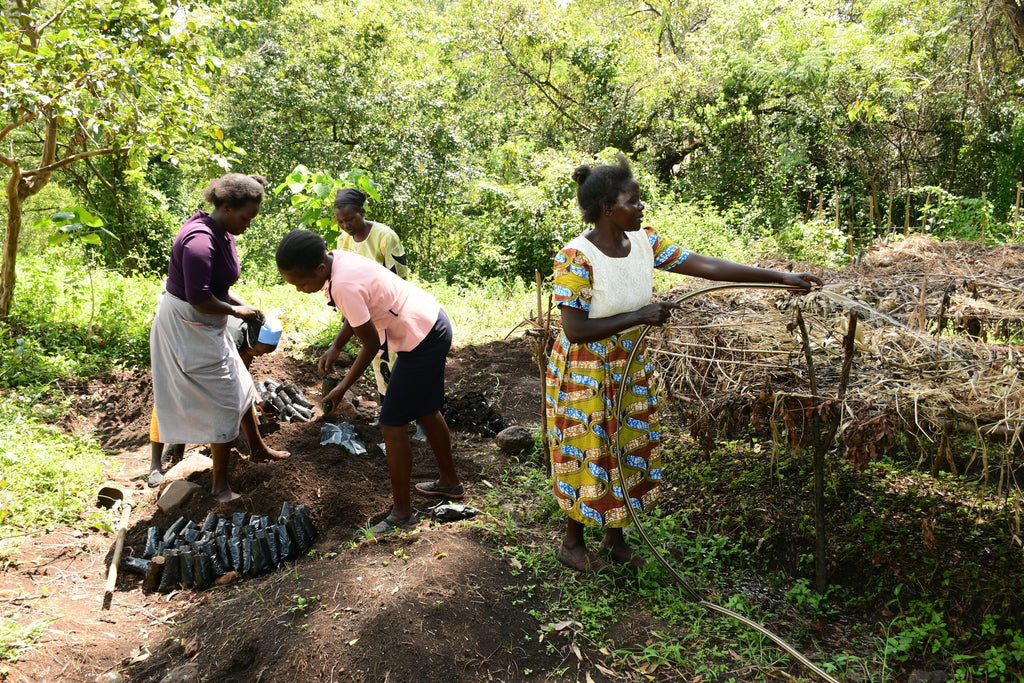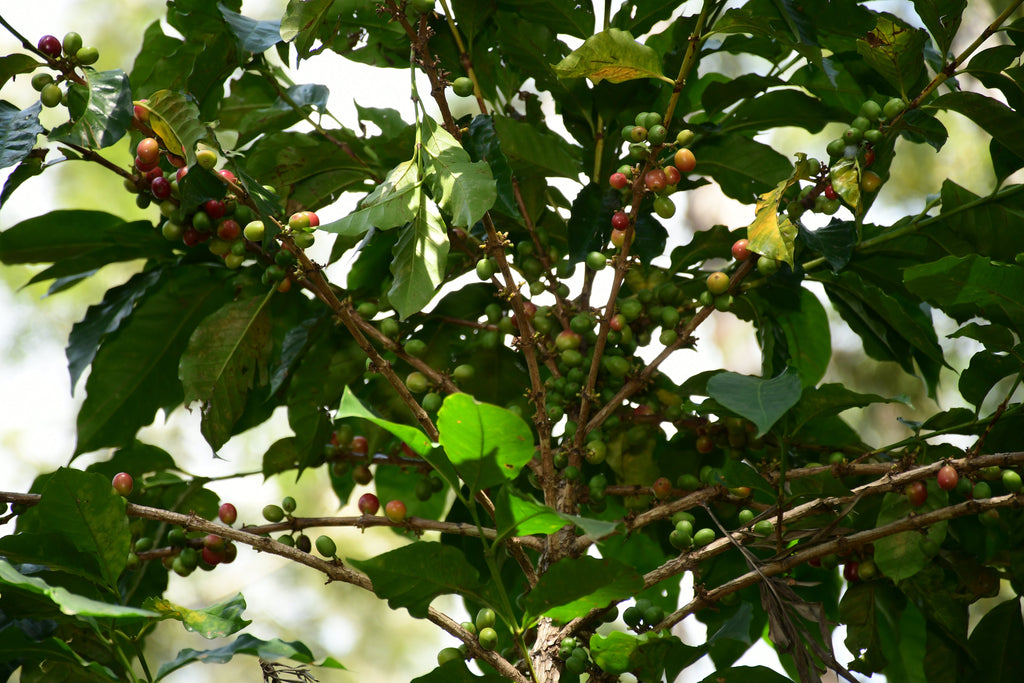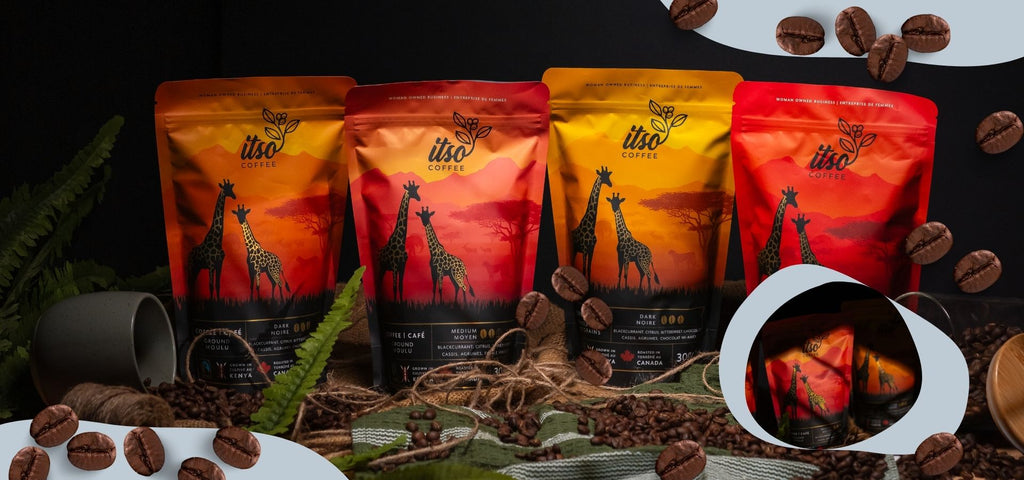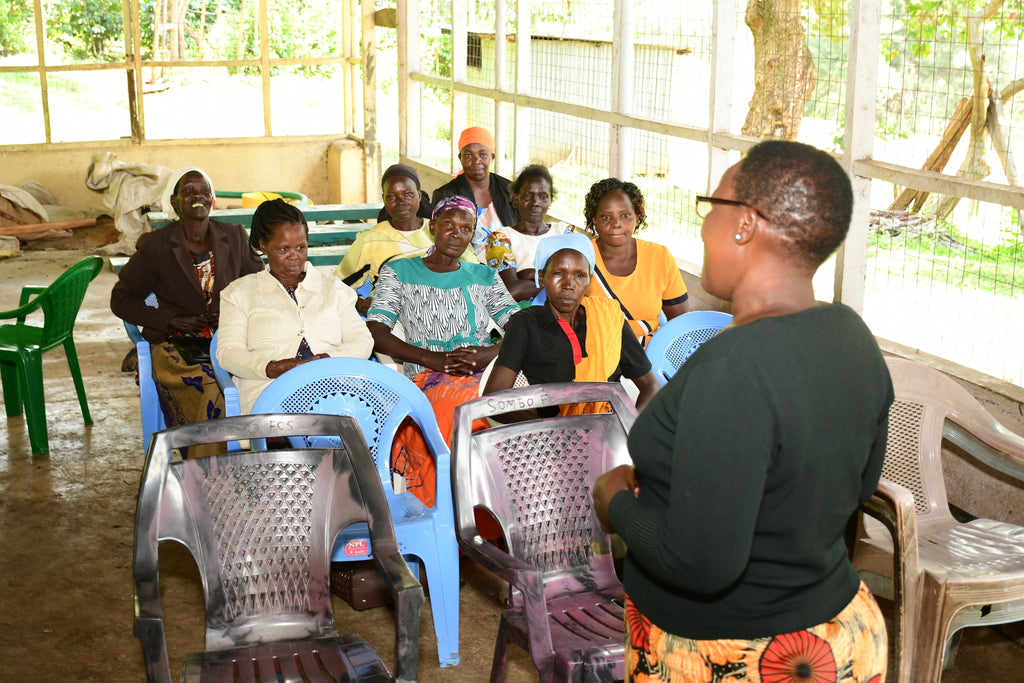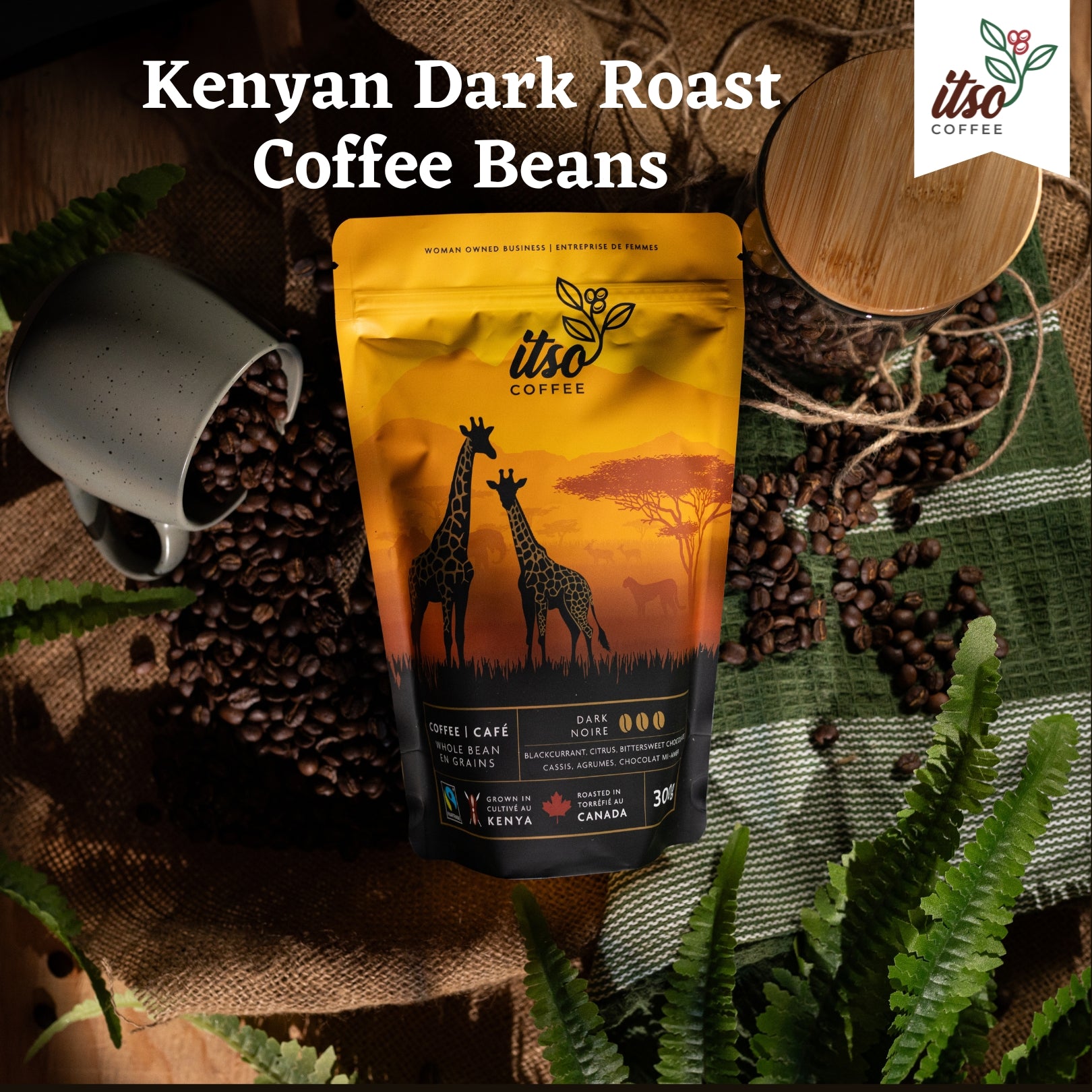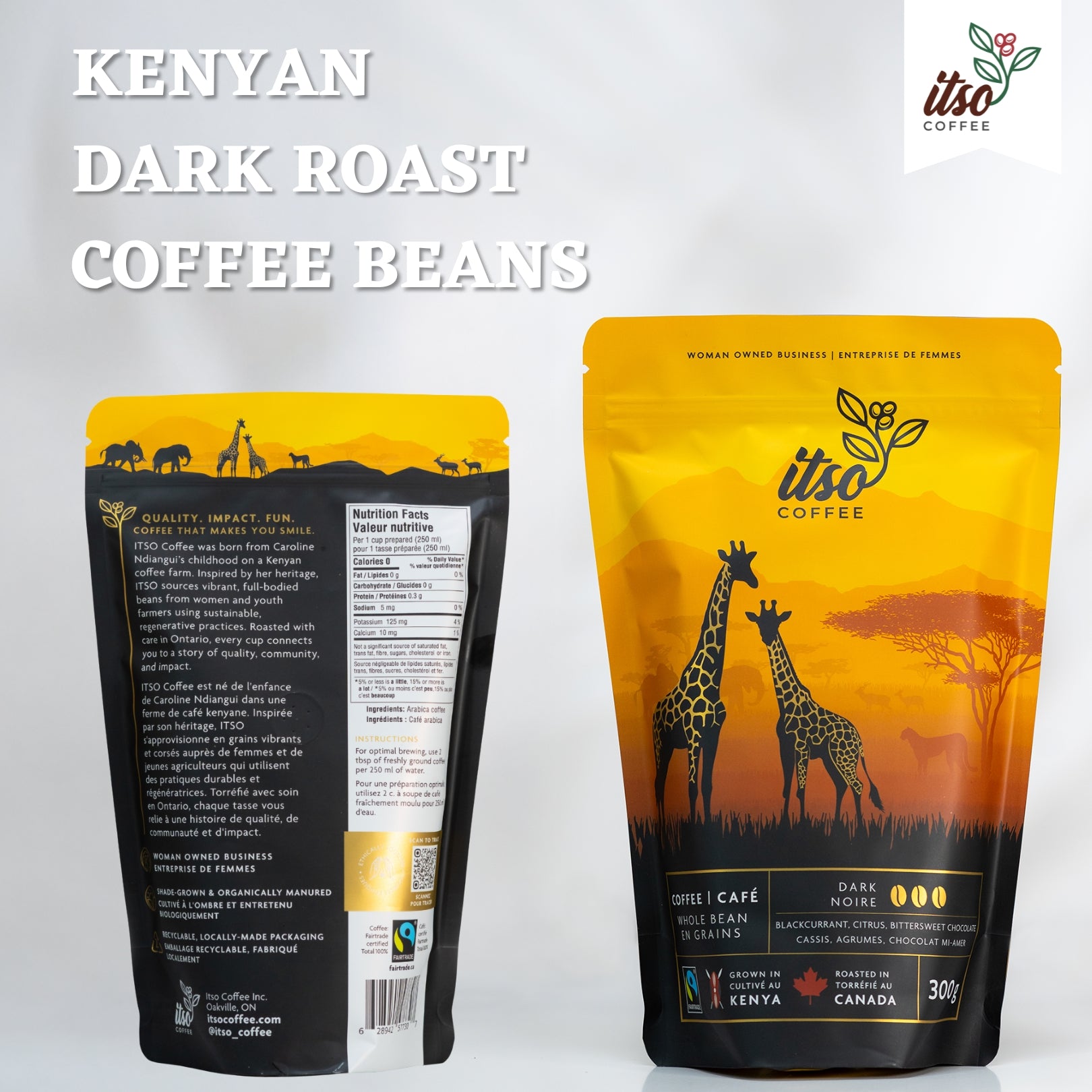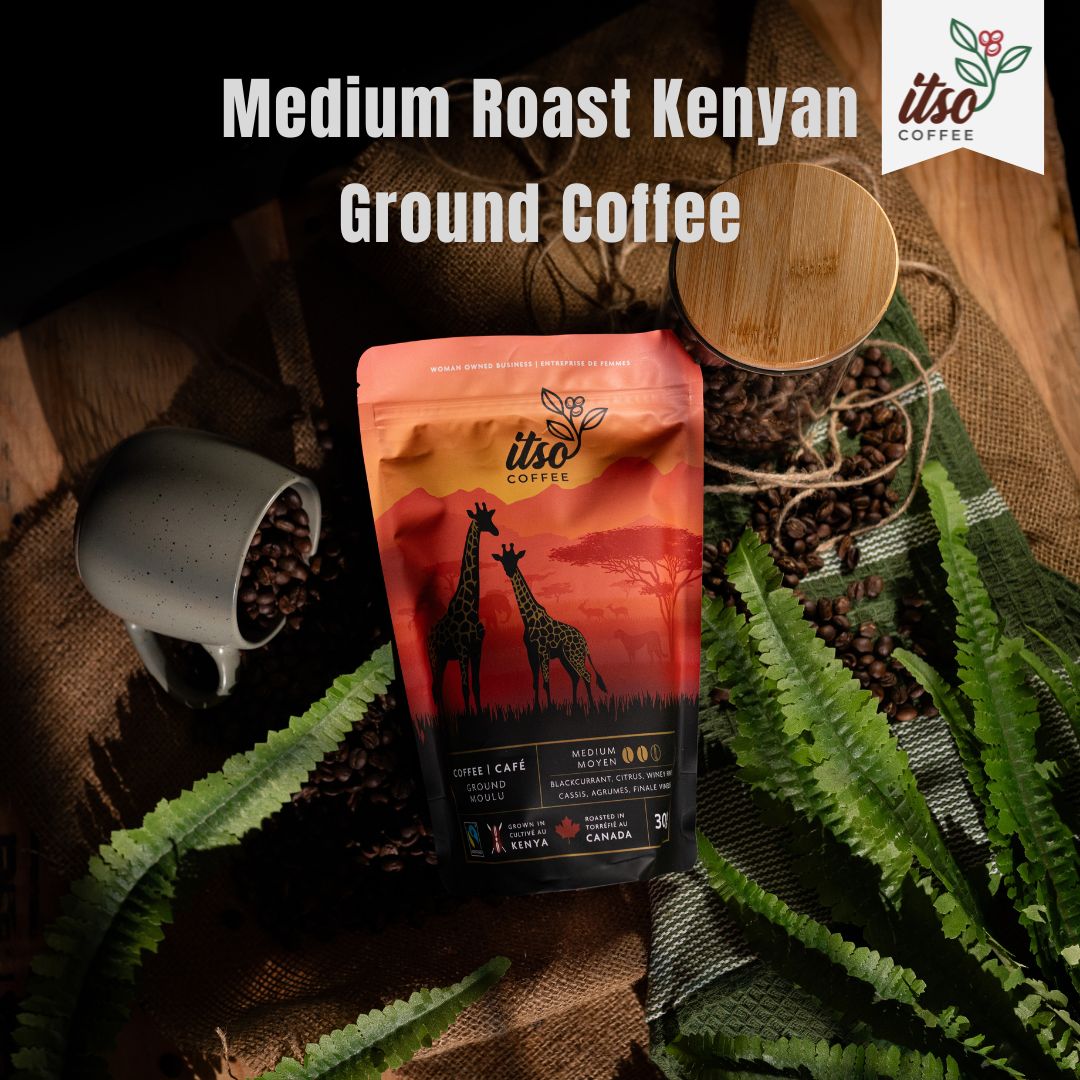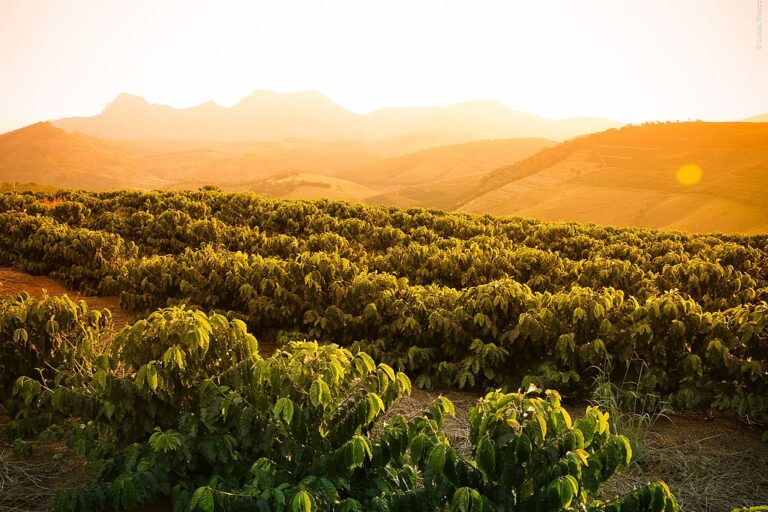
How Climate Affects Coffee Sustainability: A Deep Dive

Climate change is a pressing global issue, affecting agriculture, ecosystems, and economies worldwide. One of the sectors significantly impacted is coffee production, a vital industry for millions of farmers and coffee lovers around the globe. Coffee, especially the Arabica variety, is highly sensitive to changes in temperature, rainfall, and altitude. This blog explores how climate affects coffee sustainability, the challenges it poses, and the strategies being implemented to mitigate its impact.
The Importance of Coffee to Global Economies and Livelihoods

Coffee is one of the most traded commodities globally, providing livelihoods for over 25 million farmers, primarily in developing countries. The two main types of coffee, Arabica and Robusta, are cultivated in over 70 countries within the "Coffee Belt," a region that spans the equator and provides the optimal climate conditions needed for coffee production. Any adverse effects on coffee cultivation not only affect global supply but also the livelihoods of millions who depend on coffee farming.
Understanding Coffee and Its Climate Sensitivity
Coffee plants are extremely climate-sensitive, especially the Arabica variety, which accounts for about 60-70% of the global coffee supply. Arabica coffee thrives in specific conditions: temperatures between 18-24°C (64-75°F), sufficient rainfall of about 60-120 inches annually, and altitudes between 600 and 2000 meters (1,968 to 6,562 feet). Robusta coffee is slightly more tolerant but still requires relatively stable conditions to produce high-quality beans. The sensitivity of these plants to temperature and rainfall makes them highly vulnerable to climate change, directly affecting both quality and yield.
The Impact of Climate Change on Coffee Production
-
Temperature Increases and Their Effects:
- Rising temperatures pose a direct threat to coffee plants. In regions like Central and South America, East Africa, and Southeast Asia, where coffee is primarily grown, increasing temperatures can lead to "coffee rust" (a fungal disease that thrives in warmer conditions) and "coffee berry borer" infestations, a pest that destroys coffee cherries.
- As temperatures rise beyond optimal ranges, the physiological stress on coffee plants increases, reducing bean quality and yield. For instance, Arabica beans grown in hotter climates tend to develop faster, leading to a loss in flavor complexity and a less desirable cup profile.
-
Changing Rainfall Patterns:
- Consistent rainfall is crucial for coffee production. Irregular rainfall and prolonged dry spells can significantly disrupt the flowering and fruiting cycle of coffee plants. Excessive rainfall can lead to soil erosion, nutrient leaching, and increased vulnerability to diseases, while insufficient rainfall can result in drought stress, reducing yields.
- Regions such as Brazil, the world's largest coffee producer, have experienced periods of drought and excessive rainfall, creating an unpredictable environment for coffee farmers and impacting the global coffee market.
-
Altitude Shifts and Coffee Cultivation:
- Climate change is causing farmers to consider shifting coffee cultivation to higher altitudes where temperatures are cooler. However, this is not always feasible due to land availability, economic constraints, and the ecological impact of deforestation.
- Higher altitude areas, while potentially suitable in terms of temperature, may lack the necessary infrastructure, pose new risks of frost, and threaten biodiversity.
-
Increased Pests and Diseases:
- Warmer temperatures and increased humidity provide the perfect conditions for pests and diseases to thrive. The coffee berry borer, one of the most devastating pests for coffee, is spreading to areas previously too cool for its survival. Similarly, coffee leaf rust, a fungal disease that can decimate coffee crops, has been exacerbated by changing climate conditions.
- In 2012, a coffee leaf rust epidemic swept through Central America, resulting in over $1 billion in damages and lost jobs, affecting over 350,000 people across the region.
The Socioeconomic Impact on Coffee Farmers

Climate change doesn't just impact coffee plants; it affects the farmers who grow them. Smallholder farmers, who make up about 70-80% of the world’s coffee producers, are particularly vulnerable. These farmers often lack the resources to adapt to changing conditions, making them susceptible to reduced yields, lower-quality beans, and income instability. The effects ripple outwards, impacting the communities that depend on coffee farming for their livelihoods, leading to increased poverty and social challenges.
Strategies for Mitigating Climate Impact on Coffee Sustainability
-
Climate-Resilient Coffee Varieties:
- One of the most promising solutions is the development of climate-resilient coffee varieties. These new strains are bred to withstand higher temperatures, pests, and diseases. For instance, the hybrid variety "Centroamericano" combines the best traits of Arabica and Robusta, offering better resistance to climate stress while maintaining quality.
- Research institutions, such as the World Coffee Research (WCR) and International Coffee Organization (ICO), are investing in breeding programs to develop these resilient varieties.
-
Shade-Grown Coffee and Agroforestry:
- Shade-grown coffee cultivation is an eco-friendly approach that involves planting coffee under a canopy of native trees. This not only provides a natural buffer against temperature extremes but also supports biodiversity, improves soil health, and reduces the need for chemical inputs.
- Agroforestry systems that integrate coffee with fruit trees and other crops provide a sustainable way to diversify income and improve resilience against climate shocks.
-
Water Management Practices:
- Efficient water management practices, such as drip irrigation, rainwater harvesting, and building terraced landscapes, help mitigate the effects of irregular rainfall and droughts. This not only ensures water availability for coffee plants but also prevents soil erosion and nutrient loss.
- In places like Brazil, new irrigation technologies are helping farmers manage water more efficiently, adapting to drier conditions and minimizing waste.
-
Diversification and Financial Tools:
- Diversifying income sources is crucial for building resilience among coffee farmers. By incorporating other crops or engaging in value-added activities, farmers can reduce their dependence on coffee alone. For example, some farmers are producing honey or cultivating vanilla and avocados alongside coffee.
- Access to climate risk insurance and financial tools can also provide a safety net for farmers, enabling them to recover more quickly from climate-induced losses.
-
Sustainable Certification and Market Incentives:
- Sustainable coffee certifications, such as Fair Trade, Rainforest Alliance, and UTZ, provide a market-based approach to encourage sustainable practices. These certifications often come with a premium price, rewarding farmers who implement environmentally and socially responsible practices.
- By promoting transparency and traceability, these certifications also empower consumers to make informed choices, fostering a market that values sustainability.
-
Capacity Building and Knowledge Sharing:
- Providing farmers with the tools, knowledge, and resources to adapt to climate change is critical. Extension services, farmer cooperatives, and NGOs are essential in offering training on sustainable practices, pest management, and climate adaptation strategies.
- Digital tools and platforms can facilitate knowledge sharing among farmers, enabling them to learn from each other and adopt innovative solutions more quickly.
The Role of Technology in Sustainable Coffee Farming

-
Precision Agriculture:
- Precision agriculture tools, such as drones, sensors, and satellite imagery, are helping farmers monitor their crops more efficiently, detect early signs of stress, and optimize resource use. This can significantly reduce water usage, minimize chemical inputs, and enhance productivity, all of which are vital for sustainability.
-
Blockchain for Transparency and Traceability:
- Blockchain technology is being leveraged to improve transparency and traceability in the coffee supply chain. By providing end-to-end visibility, blockchain ensures that consumers are aware of the sustainability practices behind their coffee and that farmers are fairly compensated for their efforts.
-
Mobile Apps and Digital Platforms:
- Mobile apps and digital platforms connect farmers with markets, provide real-time weather data, and offer training on best practices, empowering them to adapt to climate change more effectively.
The Future of Coffee in a Changing Climate

The coffee industry is at a crossroads. Without decisive action to address the impacts of climate change, the future of coffee could be at risk. However, by embracing sustainable practices, investing in climate-resilient varieties, and leveraging technology, the industry can not only adapt to these challenges but thrive in the face of them. The path forward requires a concerted effort from all stakeholders—from farmers and industry leaders to consumers and policymakers—to ensure that coffee remains a sustainable and enjoyable part of our lives.
Conclusion
Climate change presents both challenges and opportunities for the coffee industry. While the impact on coffee sustainability is undeniable, innovative solutions and collective action can mitigate these effects. By supporting sustainable coffee practices, we can help ensure that future generations can continue to enjoy a diverse and flavorful cup of coffee, while also safeguarding the livelihoods of millions of coffee farmers worldwide.




